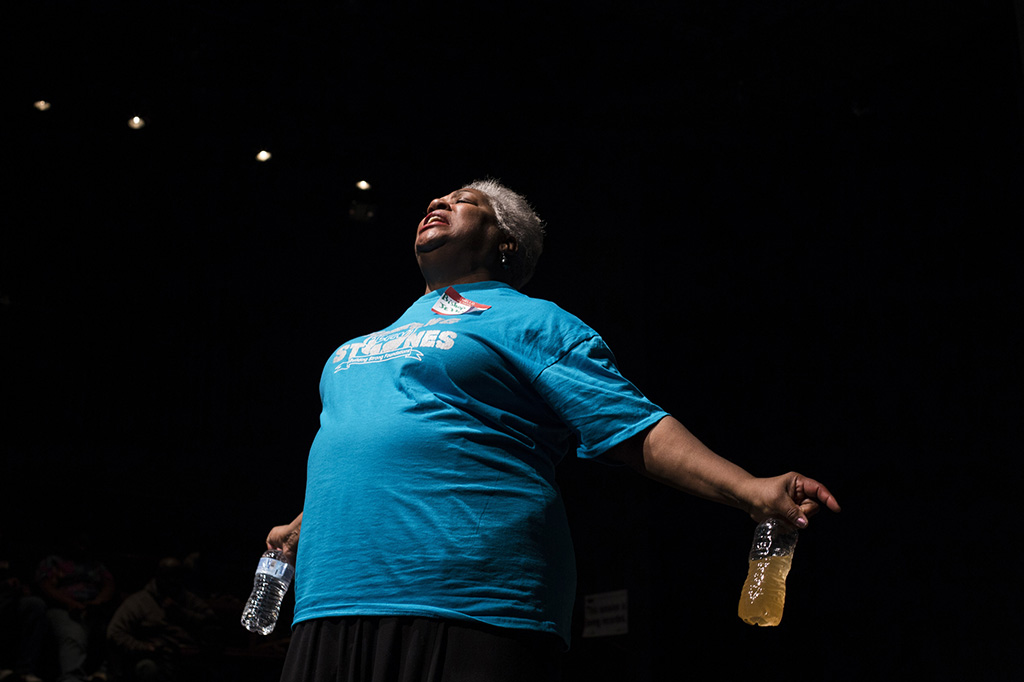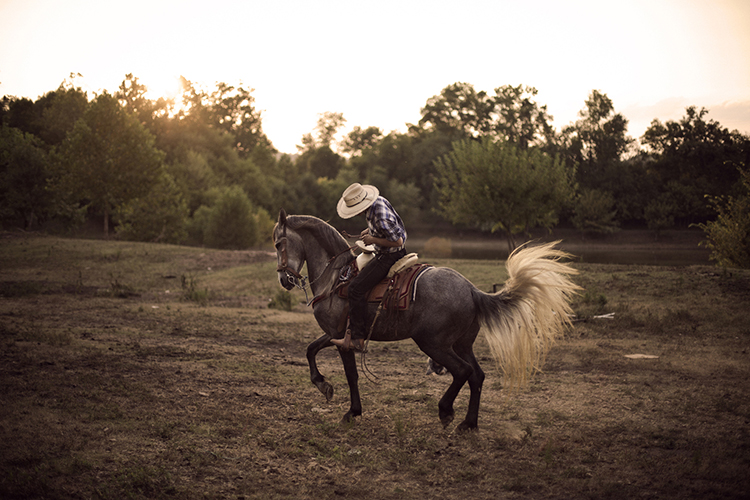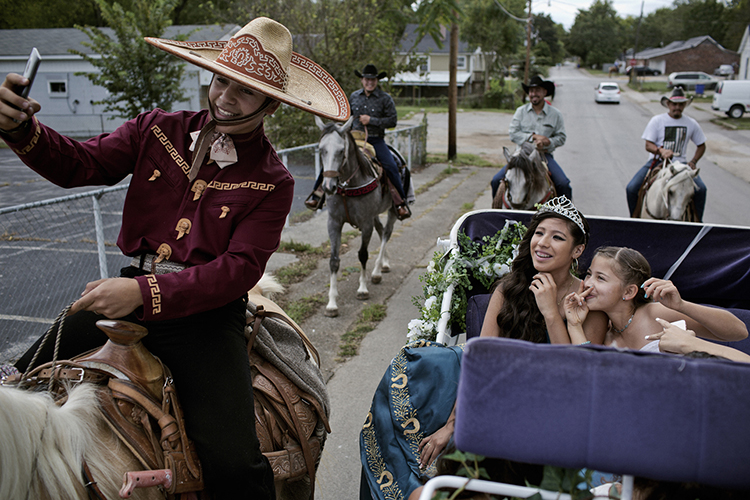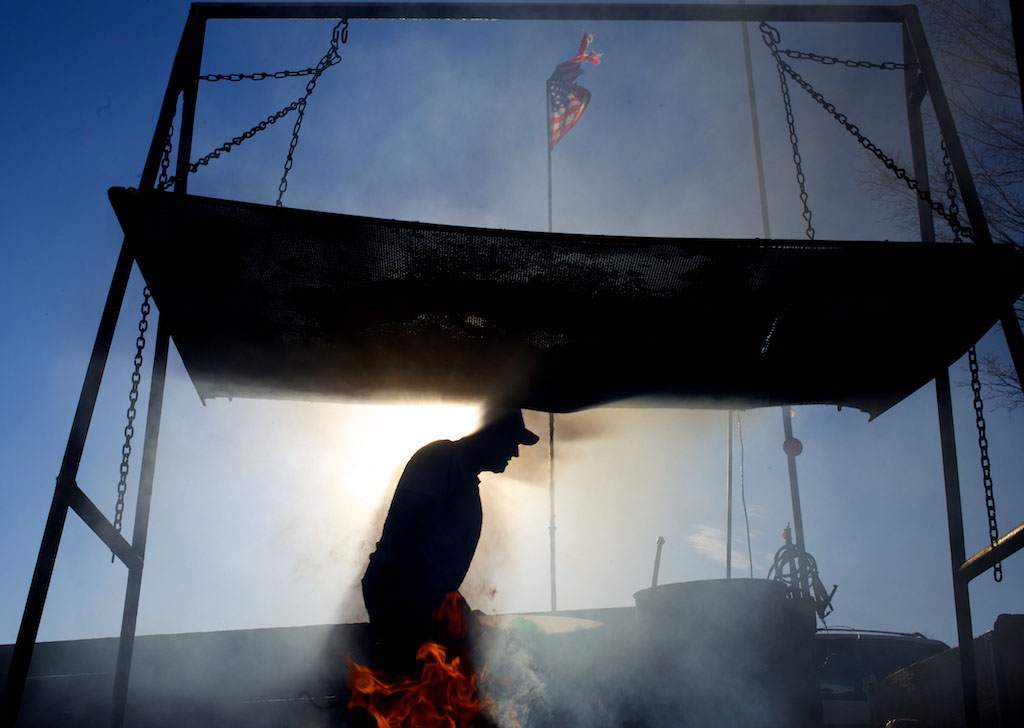How the push of a button has ignited an almost year-long battle over clean drinking water and how residents of a City stuck in financial turmoil are trying to cope.
It was April 2014 when, at the push of a button, the Flint River — which hadn’t been treated for daily use in over 50 years — became the city of Flint, Michigan’s main water source. The responsibility of water treatment was passed from the Detroit Water and Sewage Department to the shoulders of the local water plant. Government leaders cited a potential savings of around $5 million over the course of two years for a city staring into the face of financial emergency.
As water plant operators used more chlorine to fight bacteria in the water, the presence of trihalomethanes (THMs), an EPA regulated carcinogenic, spiked. Many began buying bottled water and would do so for the coming months, refusing to drink the toxins coming from their taps.
Later that year, elevated levels of lead were found in many of the City’s homes, as well as in the blood of children. State officials however, did not alert their citizens. It wasn’t until an independent study conducted by Virginia Tech showed the rise of lead levels that state officials began taking action.
Today, the City of Flint is under a state of emergency declared by recent mayor elect Karen Weaver. It’s citizens are left coping with a failing infrastructure, a lost trust in their government system, and a looming sense of fear for their health. READ MORE




